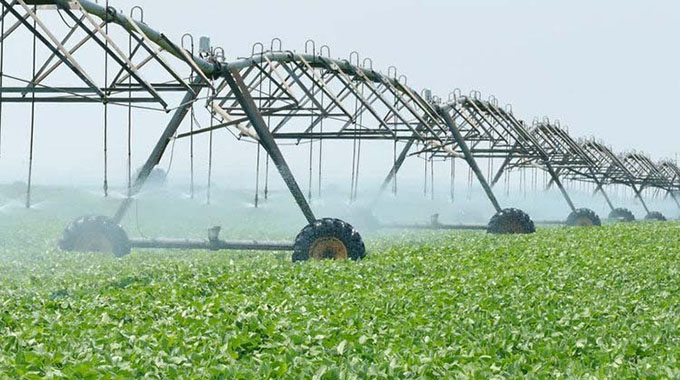Change priorities to curb food losses

Charles Dhewa
Correspondent
Unpredictable rainfall patterns and heatwaves are beginning to influence priorities for developing countries to direct more attention and resources to reducing food losses.
For a long time, food losses have not been receiving sufficient resources , with everybody seemingly obsessed with production.
National agricultural budgets have focused mainly on providing inputs.
The same has been the focus of development agencies instead of investing in warehousing and other post-harvest facilities, especially after bumper harvests.
Magnitude of food losses
While accurate assessment of food losses has been a challenge since the 1950s, estimates from some development organisations indicate that in Sub-Saharan Africa, more than 30 percent of grain is lost annually — equivalent to 20 million tonness valued at US$4 billion which can feed 48 million people if preserved.
In fact, food loss in Sub-Saharan Africa is said to exceed the amount of food aid imported into the region. It means addressing food loss would reduce billions of dollars spent on importing food. Those resources would be redirected to addressing other socio-economic needs.
On the other hand, more than 95 percent of agricultural research has been about production and productivity, while only 5 percent focuses on post-harvest losses.
In line with climate change, priorities must change to distribution, handling, logistics, storage, appropriate market infrastructure and related post-harvest issues that most farmers and consumers struggle with.
Losses in both quantity and quality are a serious burden which leads to increasing food prices.
How old is the challenge?
United Nations agencies have been grappling with food loss research since the 1960s, but there is still no reliable data and tools for making sense of ways to address food loss and waste. Solutions are not straight forward because they straddle behavioural, economic, social and environmental factors.
Several organisations have been promoting food loss reduction for decades with little success.
For instance, grain weevils have been an enduring challenge since the 1950s and new knowledge has not provided solutions.
People who have invested money in grain borers have wasted their resources because the same knowledge and recommendations have been recycled for decades.
While promoting evidence of promising efforts and patterns of success is very important, more important are market-based solutions like supporting the role of African markets which handle more than 70 percent of the food produced by smallholder farmers.
Cultural and gender dimension
Efforts have gone towards increasing the standardisation of methodologies for reducing food losses. However, there has been a realisation that at household and community level, post-harvest management approaches have a strong cultural and gender dimension.
Women have a fundamental, but under-recognised role in addressing food losses.
That is why a gender lens is key when mobilising resources for reducing food losses.
The role of women in managing post-harvest losses should be recognised.
Rather than continue rewarding farmers for high yields, there is need to come up with new incentives such as rewarding farmers and researchers who innovate around post-harvest losses to the point of keeping food for more than three years without any loss or damage.
Need for innovative approaches
Transformative interventions are needed in order to address the global footprint of post-harvest losses on food systems.
Qualitative losses which are more important, including economic and nutritional losses, have not received deserved attention.
Changes in varieties and pesticides failure as well as the emergence of new pests and market failure are causing more losses.
These have to be dealt with using new approaches.
For instance, low and inconsistent yields due to droughts have rendered investment in metal silos less worthwhile.
In some communities and African mass markets, throwing away food may be cheaper than re-using it which may cause unforeseen food-related challenges.
Depending on situations, once production exceeds demand it becomes cheaper to throw away food than try to find a market in distant cities. Poor storage, lack of packaging and poor transportation contributes to loss as well as lack of preservation and processing facilities.
Increase production or reduce food loss?
It is now better for African countries to refocus on reducing food losses than continue increasing production at the same level of losses.
Unfortunately, much of the post-harvest loss data used for policy making is external data not adequately evidence-based.
Focus at farmer level is no longer enough — there is need for looking at food losses from various angles including value chain and market-based approaches.









Comments